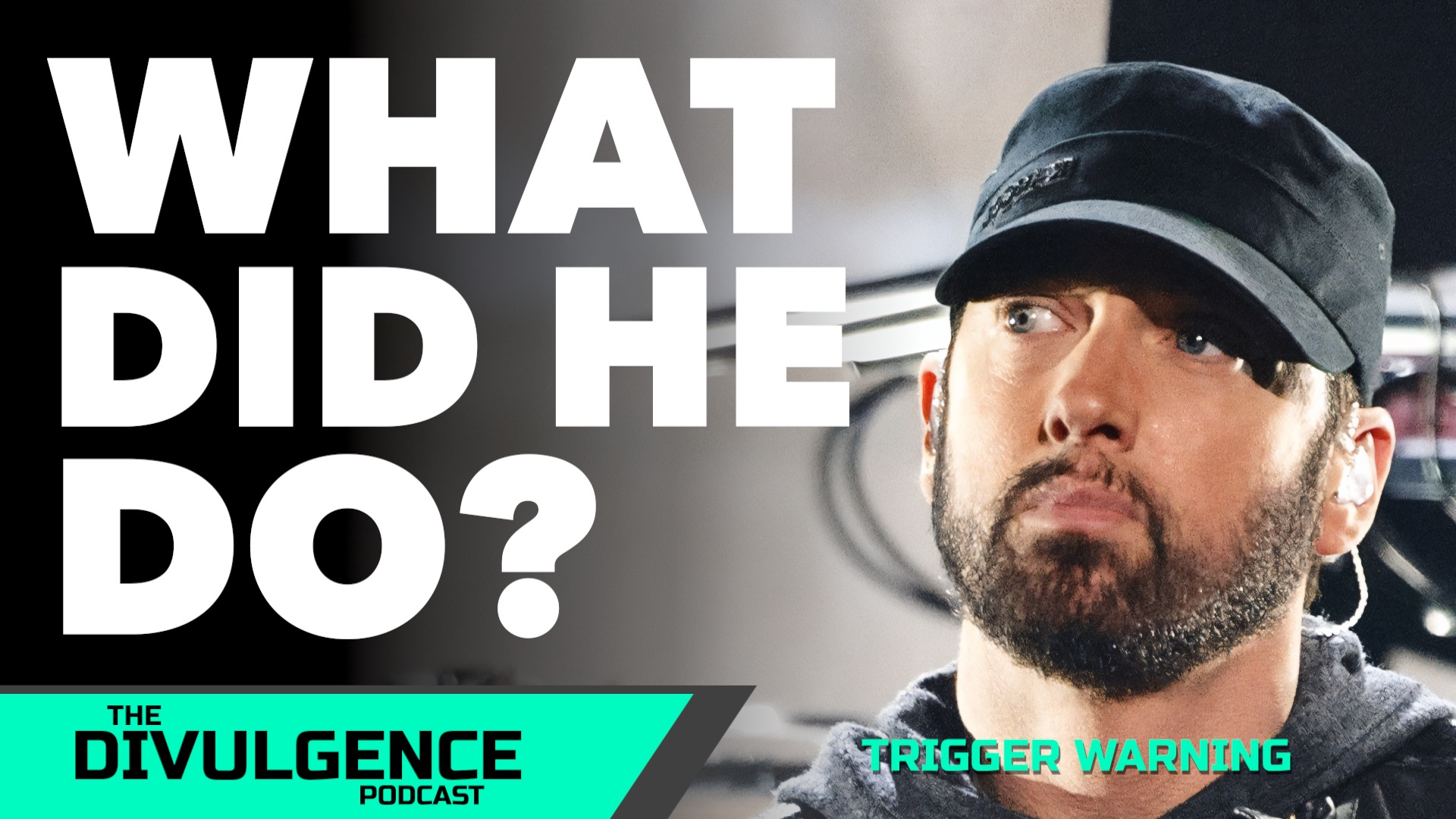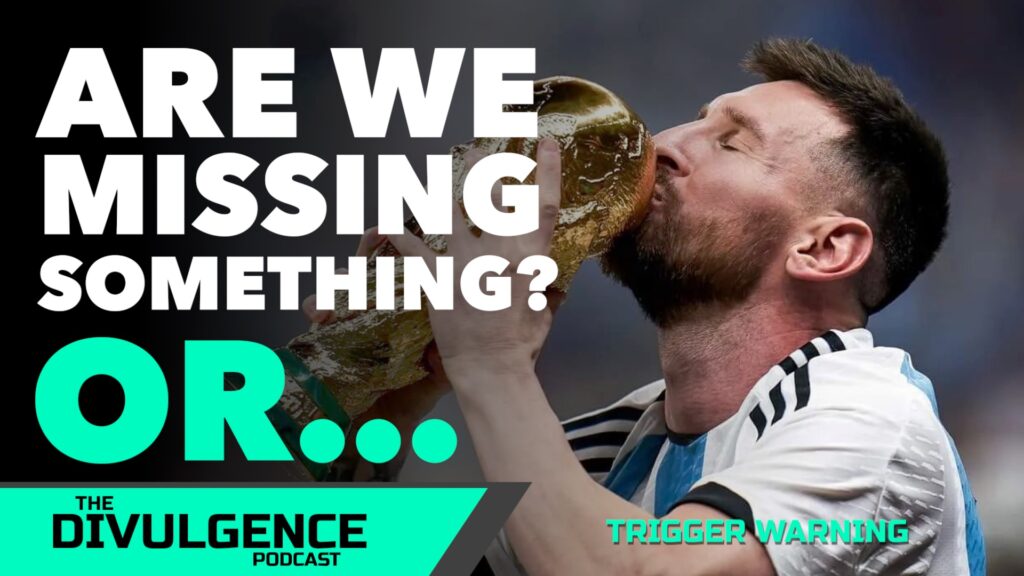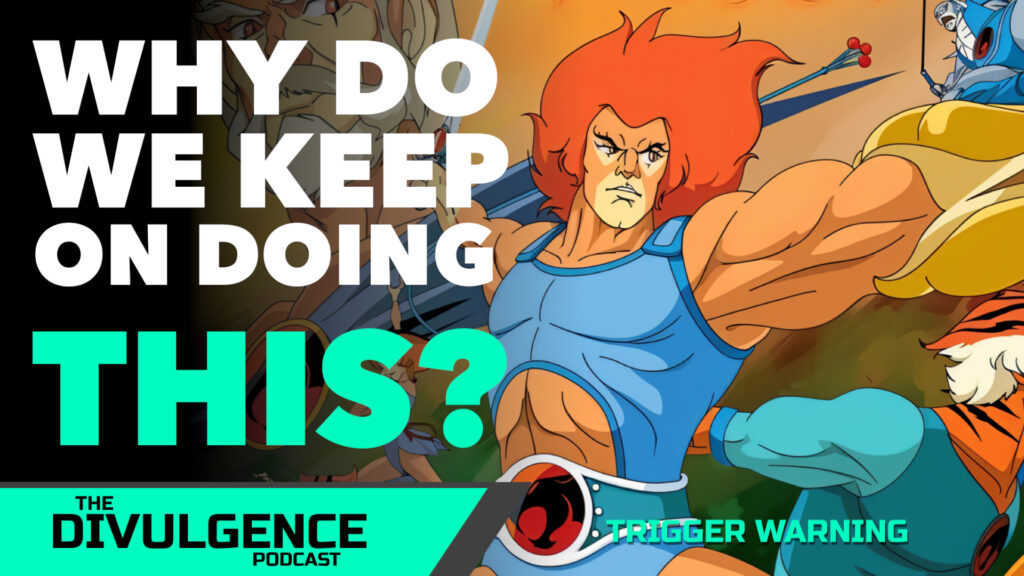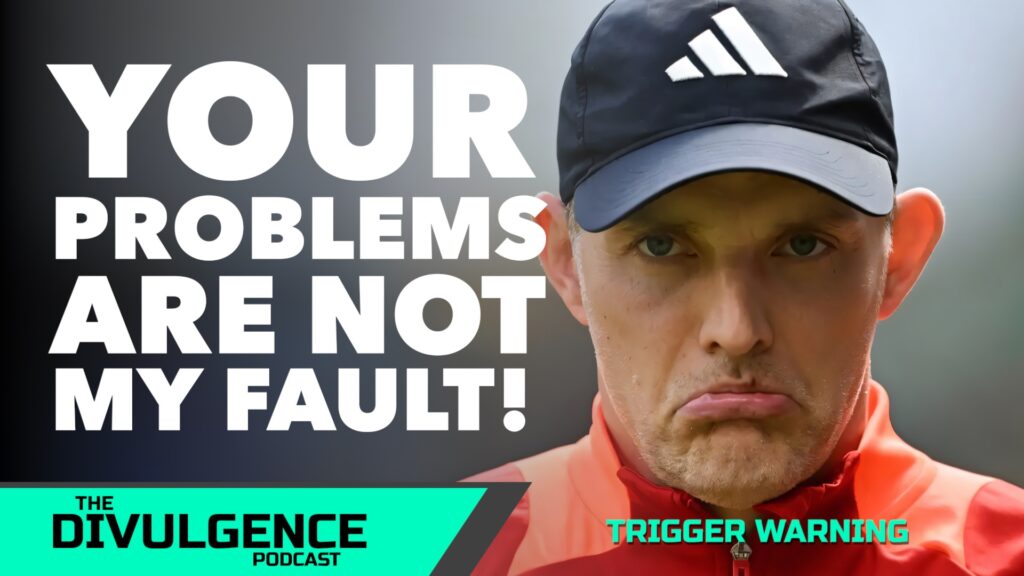In the history of hip-hop, few figures loom as large as Eminem. Emerging in the late 1990s, he brought a level of lyrical ferocity, storytelling, and raw emotion that left many of his peers in awe—and his competition scrambling to keep up. For some, he is the “GOAT” (Greatest of All Time), while others argue that his impact might have pushed hip-hop into uncharted and not always beneficial territory. But one question stands out: Did Eminem’s rise make hip-hop better, or did it inadvertently drive the genre away from its roots?
To unravel this, we need to delve into Eminem’s arrival, the changes in hip-hop that followed, and the contrasting perspectives on how artists reacted to his influence. We’ll explore whether the evolution was a natural progression or if hip-hop was pressured to adopt new styles to avoid being overshadowed by one man. Finally, we’ll look to the future to see where hip-hop might be heading next.
The Rise of Eminem: A Game-Changer or Anomaly?
Before Eminem, hip-hop had already seen an evolution from the early days of party anthems and socially conscious lyrics. Artists like Rakim, Big Daddy Kane, Tupac, and Nas had already elevated the game lyrically, each adding their own layers of complexity, social commentary, and street knowledge. But in 1999, Eminem burst onto the scene with The Slim Shady LP, and it quickly became clear that this was different. This wasn’t just another rapper with a smooth flow or catchy hooks—this was a tornado of rhyme schemes, shocking content, and a delivery that felt more like a punch to the gut than a melodic rhyme.
Eminem’s background as a white rapper from Detroit, his battle rap roots, and his hunger to prove himself contributed to his style’s aggression and intensity. Songs like “My Name Is,” “The Real Slim Shady,” and “Stan” showed not just technical skill but an ability to blend humour, tragedy, satire, and raw emotion. He could go from poking fun at celebrity culture to diving into the dark recesses of his own psyche. This was a significant departure from the mainstream styles of the time, which were more often about celebration, club hits, or street anthems.
While some embraced Eminem as a much-needed shake-up in the industry, others saw him as a threat. He was rapidly gaining mainstream attention and respect from legends like Dr. Dre and Nas. Suddenly, rappers weren’t just being compared to each other; they were being compared to this white kid who could seemingly do it all. It was a new kind of pressure.
The Shockwaves: A Lyrical Arms Race?
Eminem’s rapid ascent created an atmosphere of competition within hip-hop. For many artists, it seemed like lyrical content and flow needed to be pushed to new extremes to stand out. The sudden shift wasn’t just about matching Eminem’s technical skills but about finding ways to capture the audience’s attention in an era where he set the bar for creativity and shock value.
Rappers like Lil Wayne, who was already well on his way to stardom, began evolving from his Tha Block Is Hot days to more intricate rhyme schemes and punchlines by the mid-2000s. It wasn’t just Wayne; even established legends like Jay-Z and Nas found themselves needing to up their lyrical game. Jay-Z’s The Blueprint (2001) contained some of his most introspective work, while Nas’s Stillmatic (2001) was a direct response to the changing climate.
But as the competition escalated, there was a noticeable trend toward gimmickry. Artists were experimenting with outlandish personas, bizarre concepts, and exaggerated flows in an attempt to carve out niches in a saturated market. The influx of “shock rap” was in part a response to Eminem’s influence, but while he used his outrageous lyrics to address personal pain and societal issues, many imitators failed to add depth behind the shock value. It became more about who could say the wildest thing rather than who could tell the most compelling story.
Divergent Reactions: Traditionalists vs. Innovators
The way hip-hop reacted to Eminem can broadly be divided into two camps: traditionalists who stayed true to the genre’s original ethos, and innovators who sought new ways to push boundaries.
For traditionalists, the challenge was to maintain the genre’s authenticity while acknowledging the undeniable influence of a superstar like Eminem. They believed that hip-hop was founded on the experiences of Black culture, particularly in urban America, and that Eminem’s success shouldn’t overshadow the art form’s roots. Artists like Talib Kweli, Mos Def, and The Roots continued to focus on socially conscious lyrics and storytelling. Their music stood as a counterbalance to the growing trend of outrageousness and commercialism that some believed Eminem had inadvertently catalysed.
Meanwhile, the innovators embraced Eminem’s arrival as a sign that hip-hop had to evolve to stay relevant. This didn’t always mean a deeper focus on lyrical complexity; it often meant rethinking how rap could intersect with other genres, styles, and cultures. This era saw the rise of Kanye West, who, with albums like The College Dropout (2004), infused hip-hop with a fresh blend of humour, soul samples, and introspective content. Kanye wasn’t trying to out-rap Eminem; he was changing the game by redefining what hip-hop could sound like.
The Emergence of New Sub-genres: Trap, Emo Rap, and Mumble Rap
As hip-hop continued to evolve, new sub-genres emerged that strayed even further from Eminem’s style. The rise of trap music, with artists like T.I., Young Jeezy, and later Future, Migos, and Travis Scott, marked a shift towards beats and vibe over lyrical content. While Eminem’s wordplay and speed were impressive, these new artists emphasised flow, rhythm, and hooks.
Then came the wave of emo rap, championed by artists like Lil Peep, XXX (Triple ex) Tentacion, and Juice WRLD. In some ways, emo rap captured a raw emotional honesty that was reminiscent of Eminem’s more introspective tracks. However, the delivery was different—less about technical prowess and more about conveying vulnerability through melody and mood.
Mumble rap, which saw artists like Lil Uzi Vert, Lil Yachty, and Playboi Carti rise to prominence, took things even further away from traditional lyrical complexity. The emphasis was on catchy hooks, autotune, and unique vocal styles that prioritised feeling over clear enunciation or complex rhyme schemes. While these sub-genres opened the door for creativity and genre-blending, many old-school hip-hop heads criticised them for lacking substance and technical skill. Eminem himself has been vocal about his disdain for mumble rap, suggesting a generational divide within the genre.
Critics’ Perspectives: Did Hip-Hop Lose Its Way?
There are those who argue that Eminem’s influence, though transformative, had some negative consequences. They say that the era of lyrical one-upmanship he helped usher in led to the degradation of other essential elements of hip-hop culture, such as storytelling, activism, and unity. Hip-hop, in its early days, was not just a musical style but a movement that addressed social injustices, uplifted marginalised communities, and expressed the lived experiences of the oppressed.
Critics contend that, with the rise of Eminem, and later, the influence of commercial rap that chased shock value and record sales, the focus shifted away from hip-hop as a form of cultural resistance. The debate isn’t necessarily about Eminem’s skill—few would question his talent—but rather about whether his rise set off a chain reaction that gradually commercialised and diluted hip-hop’s social and cultural impact.
Supporters’ Perspectives: Evolution is Essential
On the other hand, many argue that Eminem’s impact was exactly what hip-hop needed to survive and thrive into the new millennium. They believe that his arrival opened up the genre to more diverse influences and gave it mainstream acceptance without sacrificing its artistic integrity. His willingness to be controversial, introspective, and unfiltered made hip-hop more than just music; it became a powerful form of self-expression that anyone could relate to, regardless of race or background.
Proponents of this view see the evolution of hip-hop post-Eminem as a reflection of the genre’s strength and adaptability. Hip-hop has always been a melting pot of styles and influences, and its expansion into sub-genres like trap, emo rap, and even mumble rap is seen as a sign of growth rather than decay. To them, these changes show that hip-hop is more than capable of incorporating new ideas without losing its essence.
Hip-Hop’s Future: Can It Reconcile Its Past With Its Present?
The future of hip-hop remains uncertain, as the genre continues to expand and fragment into countless sub-genres. Some wonder whether the current landscape can ever reconcile with the hip-hop of the past—one that emphasised lyrical content, street credibility, and cultural commentary.
Will the pendulum swing back to favour lyrical complexity and socially conscious themes, as it did in the era of Kendrick Lamar and J. Cole? Or will the genre continue to lean toward mood, vibe, and sonic experimentation over traditional “bars”? It’s possible that artists will find a balance, with some pushing the boundaries of lyrical content while others focus on new forms of expression that may not even resemble what we now call hip-hop.
Eminem’s legacy in hip-hop is undeniably complex. He is celebrated as one of the greatest of all time, yet his rise may have nudged the genre in multiple directions, some of which are still hotly debated today. As hip-hop evolves, it will have to grapple with questions about what it wants to be: A form of cultural resistance or pure entertainment? A platform for lyrical mastery or a place for sonic innovation? Perhaps the true beauty of hip-hop is that it can be all of these things, and maybe that’s the most important legacy of all.
Conclusion: Did Eminem Shape Hip-Hop’s Destiny or Hijack Its Purpose?
The rise of Eminem did indeed change hip-hop forever, but the nature of that change is a matter of perspective. For some, he elevated the lyrical standard and pushed artists to be more creative and honest. For others, he disrupted a culture already struggling with commercialisation and led hip-hop down a path that prioritised spectacle over substance.
What remains indisputable is that Eminem’s impact forced hip-hop to confront its identity and decide where it was headed next. In the end, whether you see him as a catalyst for growth or the face of a decline depends on how you define the heart and soul of hip-hop itself.
But perhaps hip-hop’s greatest strength is its capacity for evolution—a trait that has kept it relevant through every trend and controversy. As the genre moves forward, Eminem’s shadow will continue to loom large, challenging each new generation to find their own voice, forge their own path, and answer the question: What is hip-hop really about?




